Sexist postcards (from 100 years ago)
Be warned: You will cringe
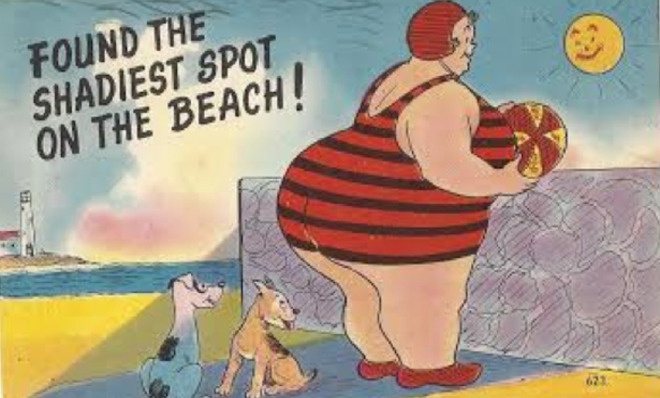

As the 20th century dawned, society stepped out of the restrictive corset of Victorian prudery and embraced the cheeky humor of rampant misogyny. This was especially apparent in joke postcards of the era. Below, you can find a sampling generously shared by ephemera collector Sharon Anne Weinman of Forest Hills, New York. (We've noted the date and provenance of postcards when we know them — for those with murkier origins, we've left it blank.)
There are reoccurring themes in these cards. Women's bottoms — the bigger the better — is a favorite. Ogling women without their knowledge (what Weinman calls "the ankle shots") is another. And of course, making fun of the emerging women's rights/suffragette moment.
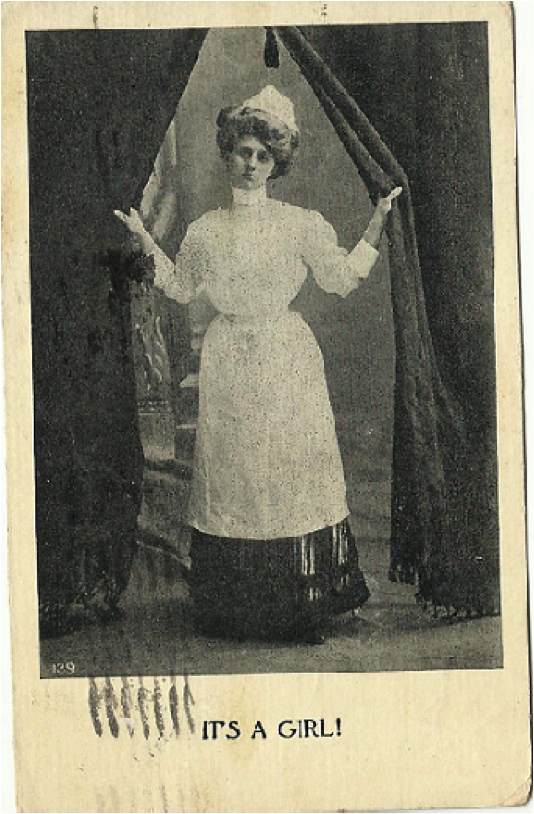
[1909, Anglo Life Series]
The Week
Escape your echo chamber. Get the facts behind the news, plus analysis from multiple perspectives.

Sign up for The Week's Free Newsletters
From our morning news briefing to a weekly Good News Newsletter, get the best of The Week delivered directly to your inbox.
From our morning news briefing to a weekly Good News Newsletter, get the best of The Week delivered directly to your inbox.
I'm so sorry, sir. We did all we could. But all the glory you dreamed of for your offspring is dead. It's a girl.
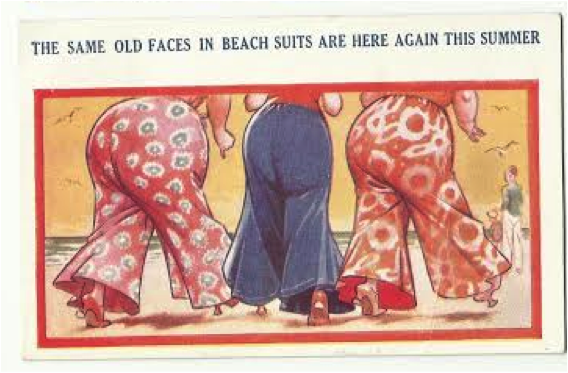
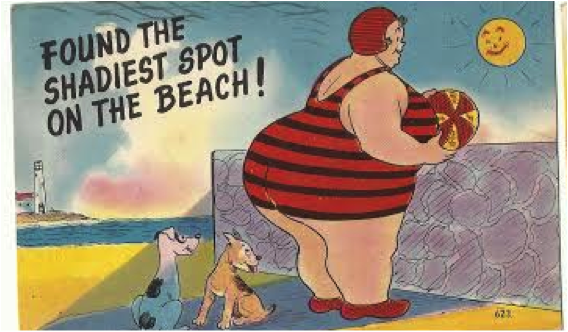
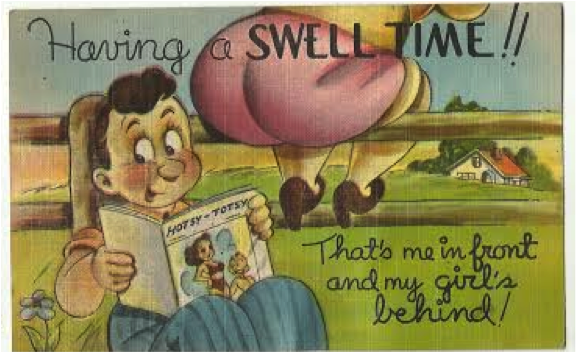
Truly, if the bottoms of women back then were as glorious as these cards make them seem, how could you not dote on them?
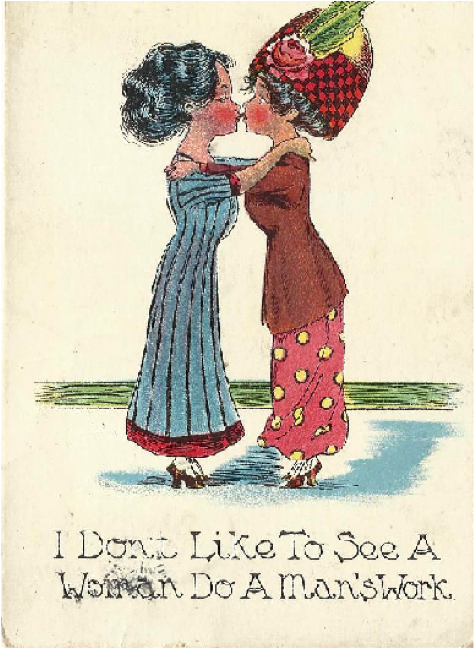
[1912]
The Edwardian era saw a new generation of women who went to college, wanted to vote, and who chose not to get married. Progressive? No. These women were jagged knives, slowly tearing the fabric of society into tatters. After all, it's a scientific fact that giving women the vote causes them to become lesbians. Very pretty, dainty-footed lesbians.
A free daily email with the biggest news stories of the day – and the best features from TheWeek.com
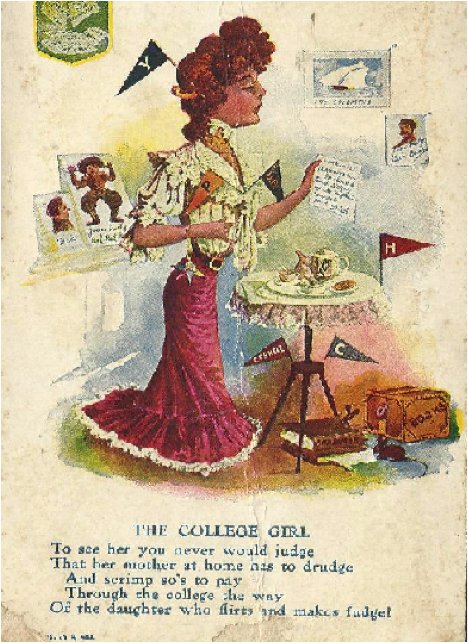
[Published by Edward Stern and co. Inc, Philadelphia]
This one reads: The College Girl / To see her you would never judge / That her mother at home has to drudge / And scrimp so's to pay / Through the college the way / Of a daughter who flirts and makes fudge!
Obviously both mother and daughter are fools. Sacrificing to improve the life of your child! I mean, really. There was a perfectly good rendering plant just two towns over Miss Hoity Toity could have gone to work at!
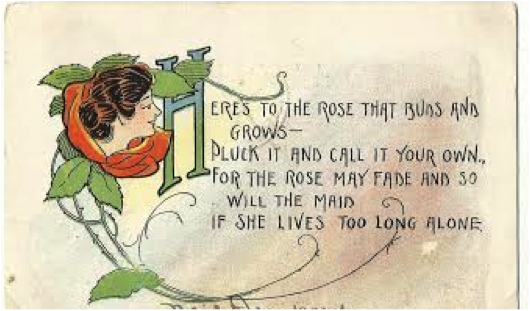
[1908]
Quick! Get her before she turns 30 and they throw her on the composting heap!
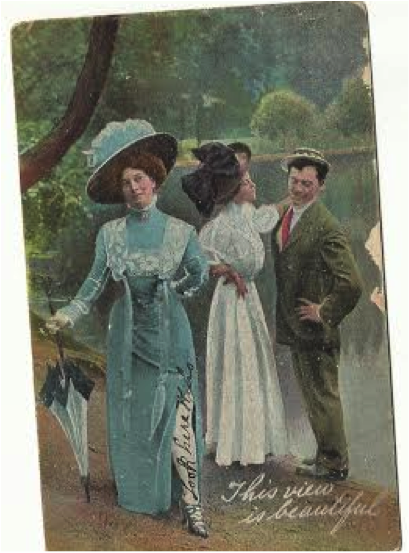
[T.P. & co NY]
Of course, cards that sexually objectify women are still popular. Look in the back of any Spencer's Gifts. The difference between then and now is that most people being objectified in modern cards appear aware of it; trying to titillate the viewer. In these cards, the women never seem to know they're being looked at. In this one, a girl who shows that much opaque leg (practically the front of her knee) better expect a good gawkin'. She's practically begging for it.
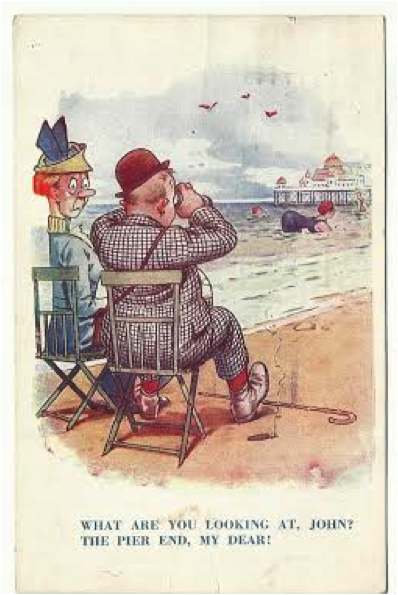
The theme of rumps is revisited, with the commonly seen schoolmarm wife variation combined with the playful lechery of an old man. Truly a symphony of creep.
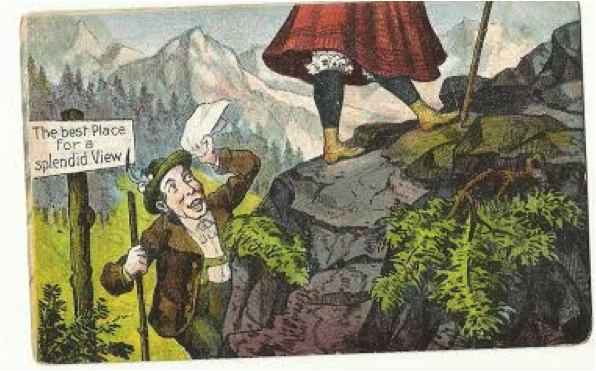
It's funny how 100 years can make all the difference between saucy ribaldry and having your name on the national sex offender registry.
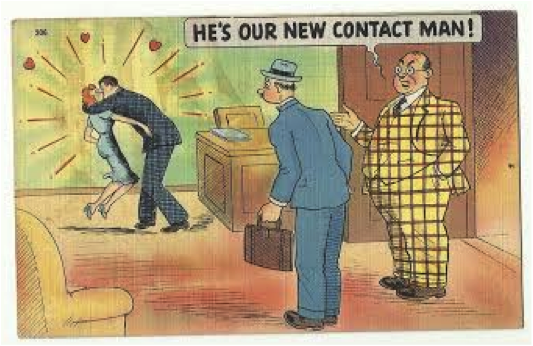
Sexual harassment in the workplace is just as much fun to watch as it is to perpetrate.
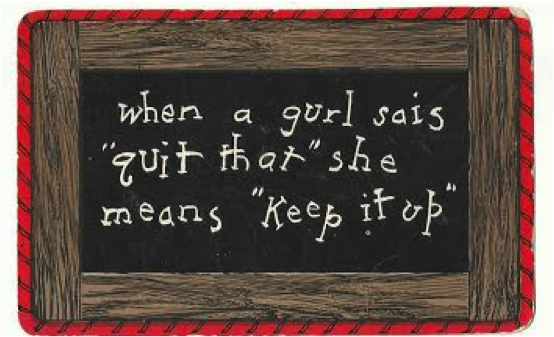
[1907, Slate series no. 10]
No comment. But I'm thinking a whole chalkboard full of swear words.
Therese O'Neill lives in Oregon and writes for The Atlantic, Mental Floss, Jezebel, and more. She is the author of New York Times bestseller Unmentionable: The Victorian Ladies Guide to Sex, Marriage and Manners. Meet her at writerthereseoneill.com.
-
 Political cartoons for December 12
Political cartoons for December 12Cartoons Friday's political cartoons include presidential piracy, emissions capping, and the Argentina bailout
-
 The Week Unwrapped: what’s scuppering Bulgaria’s Euro dream?
The Week Unwrapped: what’s scuppering Bulgaria’s Euro dream?Podcast Plus has Syria changed, a year on from its revolution? And why are humans (mostly) monogamous?
-
 Will there be peace before Christmas in Ukraine?
Will there be peace before Christmas in Ukraine?Today's Big Question Discussions over the weekend could see a unified set of proposals from EU, UK and US to present to Moscow
